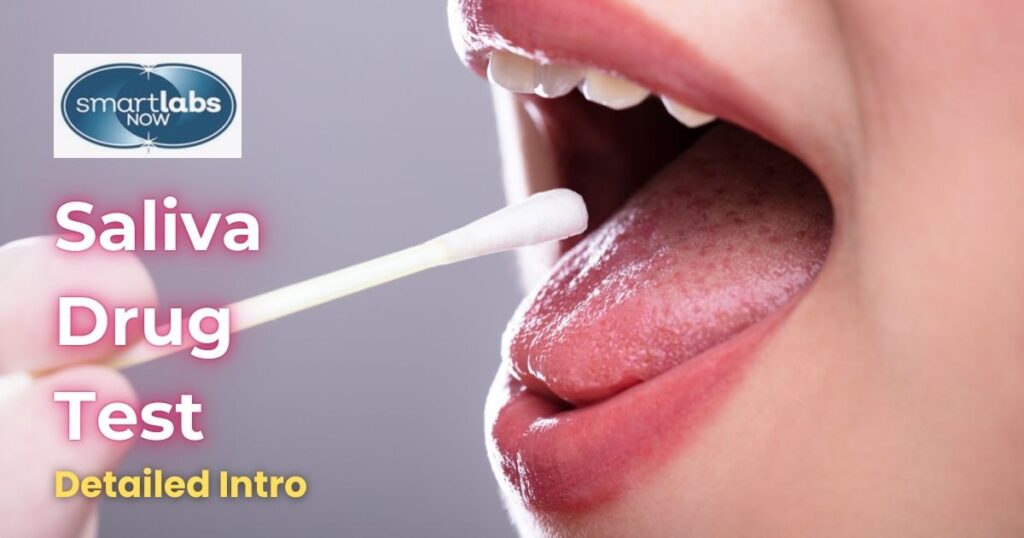
A mouth swab drug test, also known as a saliva or oral fluid drug test, is a convenient and non-invasive screening method that detects recent drug use by analyzing a sample collected from inside the mouth. This method is widely used in workplace drug testing, roadside law enforcement checks, and other situations requiring quick, reliable drug detection.
To administer the test, a small amount of oral fluid is collected by rubbing an absorbent pad, cotton swab, or sponge along the inner cheek.
Once collected, the sample is either analyzed on-site or sent to a lab (like ours 🙂) for in-depth testing. Lab-based testing provides a thorough analysis of the sample. In contrast, on-site testing is generally faster and used in cases where immediate results are necessary.
Mouth swab drug tests focus on detecting recent drug use, as substances only remain detectable in oral fluids for a limited time. This makes them an ideal option for post-accident screenings or testing employees in safety-sensitive industries.
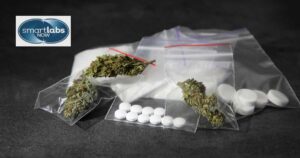
Saliva drug tests are effective for detecting a range of substances within a short timeframe, making them ideal for identifying recent drug use.
Test panels vary, with a 5-panel test covering frequently used substances and a 10-panel test adding more drugs for comprehensive screening, often used in safety-sensitive industries.
Confirmatory lab tests use advanced laboratory methods like Liquid Chromatography-Tandem Mass Spectrometry (LC-MS/MS). These methods allow for highly accurate results even at trace levels. This can be essential in regulated industries or legal settings.
To gather oral fluid samples, a person rubs a cotton swab, sponge, or absorbent pad inside the cheek. Saliva tests can capture drug metabolites within minutes, offering near-immediate detection of recent use.
Saliva tests can be performed onsite for rapid results or sent to a lab for confirmatory testing. Onsite testing is convenient for quick screenings. In contrast, lab analysis provides a higher level of accuracy, especially when advanced detection methods are required.

The detection window for saliva drug tests is generally short, making them optimal for identifying recent drug use rather than long-term usage patterns.
For most substances, mouth swab tests capture drug metabolites within a window of 5-48 hours. However, the exact detection period varies depending on several factors, including the type of drug, frequency of use, and individual metabolism.
Different drugs have varying detection times. THC (marijuana) is typically detectable for 24-48 hours after use, while substances like cocaine, ecstasy, and amphetamines can be detected for 24-72 hours. Shorter detection times apply to drugs such as heroin and methadone, often detectable within 24 hours due to rapid metabolic breakdown.
Individual metabolism plays a significant role in detection times. Factors like age, body mass, hydration levels, and general health can impact how long drugs are detectable in saliva. For example, higher hydration levels may dilute oral fluids slightly, although this effect is minimal due to saliva testing’s focus on recent usage.
Saliva drug tests are more sensitive to the dosage amount taken than other testing methods. Higher doses can extend the detection period, while low doses may result in shorter detection windows, sometimes within hours.
Chronic or heavy users may experience longer detection times, especially for substances like THC, where frequent use can saturate oral tissues. This saturation effect can make the drug detectable for longer periods than occasional use, even up to 72 hours in some cases.
While saliva tests are primarily used for drug detection, they can also identify recent alcohol consumption, typically within a 6-12 hour window. This added functionality makes them valuable for situations requiring immediate testing, such as workplace incidents or roadside checks.
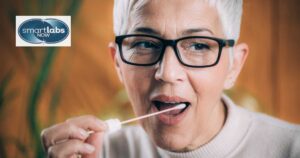
Saliva drug tests are generally accurate and reliable but can be influenced by various factors:
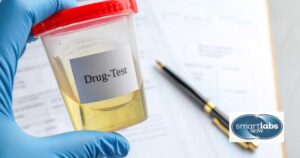
Understanding the pros and cons of each drug testing method can help you select the most suitable option.
Popular due to affordability and extended detection windows, but urine samples are more susceptible to tampering.
Highly accurate and able to detect both recent and long-term drug use but are invasive, costly, and require a lab setting.
Ideal for detecting drug use over several months, making it suitable for background checks but ineffective for recent use.
Saliva tests are cost-effective, noninvasive, quick, and detect recent use. Direct observation during sample collection reduces the likelihood of tampering.
In workplace testing, saliva tests often offer the best balance between accuracy, ease of administration, and detection relevance, especially in roles requiring fast results for safety-sensitive tasks.
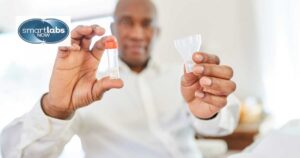
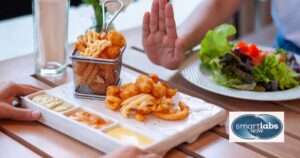
For accurate results, test-takers can follow these simple preparation steps:
Refrain from eating, drinking, or smoking for at least 15-30 minutes before testing.
Some prescription or over-the-counter medications can trigger false positives. For verification purposes, disclose any medications to the test administrator.
Brush and rinse well before the test, but avoid excessive rinsing right before to prevent sample dilution.
These practices help ensure that samples are collected under optimal conditions, leading to clearer and more accurate test results.

Ordering and conducting mouth swab drug tests is straightforward and adaptable for both workplace and individual needs, from hiring processes to post-accident screenings. To streamline testing, businesses and individuals can follow these steps:
Begin by selecting the appropriate test panel based on the substances you need to detect. 5-panel and 10-panel tests are the most common options, with additional specialized panels available to target specific drugs or classes based on industry or organizational needs. Many suppliers offer customizable panels, allowing you to select particular substances of concern, such as opiates or amphetamines.
Test kits vary based on their intended use. Onsite kits are available for immediate screening and can be administered by trained personnel without a laboratory, yielding results within minutes. Lab-based kits, on the other hand, require samples to be sent to a certified lab for a detailed analysis, which is ideal for organizations requiring higher accuracy or regulatory compliance.
Saliva test kits generally include collection swabs, sponge-tipped applicators, and absorbent pads that collect oral fluid samples quickly and painlessly. Each kit typically contains instructions and a secure container for the sample, minimizing any chance of contamination. Kits designed for workplace use may also include tamper-evident seals for additional security.
Testing begins with a swab of the inside of the cheek or gums to collect saliva. Test administrators should be trained in proper collection procedures to ensure sample integrity and avoid contamination. In organizational settings, specific personnel may require certification or training for this purpose, especially for regulated industries. For accurate results, individuals being tested should avoid eating, drinking, or using oral hygiene products for at least 10-15 minutes prior.
When onsite tests yield a non-negative result, the sample is often sent to a lab for confirmation analysis. Lab tests use advanced techniques like LC-MS/MS to verify results with a high degree of accuracy. This is particularly important in legal or regulatory scenarios where reliable evidence is critical.
For businesses, compliance with legal standards such as Executive Order 12564 (requiring drug-free federal workplaces) and relevant state-specific guidelines is essential. Proper record-keeping and adhering to privacy laws are critical, and results should be securely stored and shared only with authorized personnel to protect employee privacy.
Many organizations also implement regular training sessions on lawful and ethical test administration to remain compliant.
Saliva drug test results are typically available within minutes for onsite tests and 1-3 business days for lab-based tests.
Employers should establish a clear communication protocol for results to ensure confidentiality and professionalism, particularly for non-negative results that may require further action. Providing access to resources or support for individuals with positive results can be a constructive way to address any issues while maintaining a drug-free workplace.
By following these steps, both organizations and individuals can efficiently implement saliva drug testing while adhering to best practices for accuracy, compliance, and sensitivity to privacy concerns.
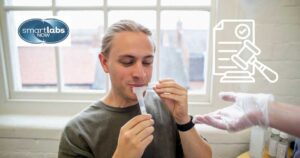
Drug testing is regulated by various federal, state, and local laws governing employer rights, employee privacy, and industry requirements:
Federal employers and Department of Transportation (DOT) workers are often subject to mandatory drug testing requirements, especially in safety-sensitive roles.
Laws vary significantly by state, so employers should review any state-specific guidelines on permissible drug testing methods and notification requirements.
Any employer implementing or updating a testing program should consult legal counsel or a certified background check provider. This is necessary to ensure compliance with employment laws and address potential liability.
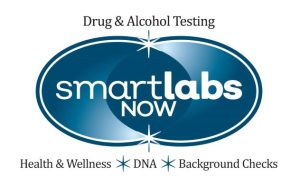
At Smart Labs Now, we offer discreet, accurate, and budget-friendly saliva drug testing for individuals and employers in Portland. Our options include in-lab testing and convenient on-site services, ensuring that you can access reliable results wherever you need them.
Schedule your test and experience our commitment to accuracy, speed, and affordability.
Please consult your primary care physician before engaging with any pharmaceutical, natural substances, or activity regimens mentioned or prescribed in this post. Smart Labs Now is not responsible for health or life outcomes based on the information or recommendations provided. This account does not serve as a substitute for professional medical advice/help.